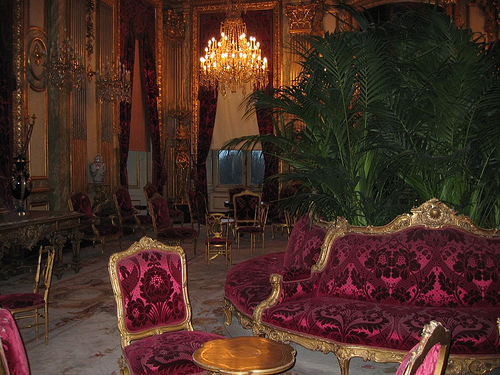RESTful Organizing Systems
Principles and Patterns of Organizing Systems [./]
Spring 2011 — INFO 290-6 (CCN 42628)
Erik Wilde and Robert J. Glushko, UC Berkeley School of Information
2011-03-01
![]() [http://creativecommons.org/licenses/by/3.0/]
[http://creativecommons.org/licenses/by/3.0/]
This work is licensed under a CC
Attribution 3.0 Unported License [http://creativecommons.org/licenses/by/3.0/]

